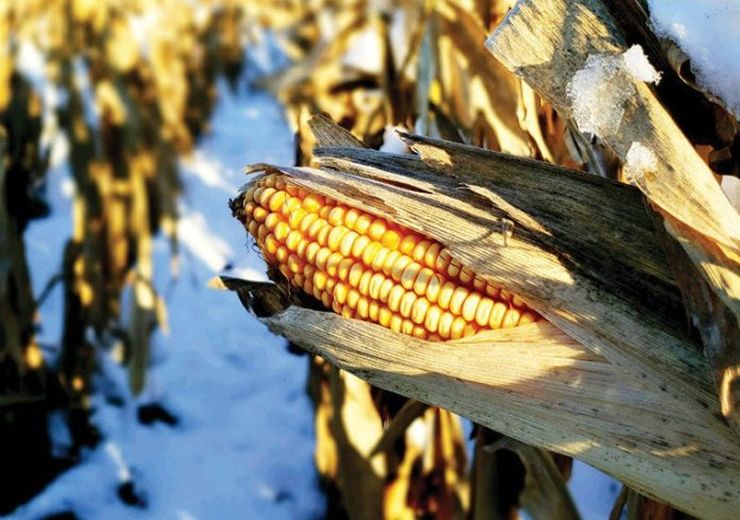Corn in Argentina enters a critical production stage

Corn in Argentina enters a critical production stage. The most critical movement at the moment in international prices, without a doubt, is the weather scenario in Argentina and the market’s attempt to understand the potential number of this year’s local crop. The rains in January and early February have contributed to production not yet being a complete disaster, but high temperatures unbalance the beneficial effects of the rains.
The third consecutive year of La Nina is once again leaving its mark on South America. Less intense than in 2022, the phenomenon brought some production losses to the south of Paraguay, corn and possibly soybeans in Rio Grande do Sul, and Argentina. However, the planting in Argentina was going on since late November and ended in the last week of January. So we have crops going into pollination and corn silking, going into pollination from the end of the month, and still in vegetative development. In the case of soybeans, there is an important share of plantations entering the flowering stage, and the picture is decisive and critical.
At this point, the dispute for the information that reaches the worst possible number continues. The Rosario Exchange cut the soybean crop to 34.5 mln tons last week, the Buenos Aires Exchange brought the number to 38 mln tons, USDA retreated to 41 mln tons, and Safras & Mercado updated the figure in January to 42 mln tons. More intense and regular rains can contribute to some production in view of the phases of cultures in each region. Soybeans are defined at the end and, therefore, rains now collaborate for production. With corn entering pollination, rains will now collaborate for production.
The numbers are being priced considering the expectation that the rains will happen in the next few days. However, without the rains, the losses will effectively be significant, beyond what is expected. Therefore, we have revised production from 47 to 42.5 mln tons for corn in a more critical situation. At this point, some indicators will be relevant:
– A crop with 42.5 mln tons does not bring supply problems for Argentina;
– A smaller crop will restrict the volume to be exported by Argentina;
– The government has set export registrations of 20 mln tons for the 2023 season and will only increase this volume under improved supply conditions, perhaps only by the middle of the year. So, today Argentina will be able to export only 20 mln tons this season, against 35/40 mln tons normally;
– For soybeans, a crop of 35 mln tons, in a more drastic hypothesis for production, would raise, in the first place, the volume of imports from Paraguay and Brazil. So far, we have detected 2 mln tons already committed from Paraguay to Argentina, with deliveries in February and March. From Brazil, so far, 5 ships are scheduled with 130 thousand tons to be shipped in February, but the load must reach 1 mln tons;
– This indicates that, in the case of corn, the situation of losses will be neutralized by the restriction on export registrations. In the case of soybeans, the balance must be found through purchases from Paraguay and Brazil, which may exceed 6 mln tons this year.
Unlike 2022, when Paraguay and Brazil also had losses, 2023 may be supplied by these two countries with sales to Argentina. Losses can be neutralized.
Read also
Wheat in Southern Brazil Impacted by Dry Weather and Frosts
Oilseed Industry. Leaders and Strategies in the Times of a Great Change
Black Sea & Danube Region: Oilseed and Vegoil Markets Within Ongoing Transfor...
Serbia. The drought will cause extremely high losses for farmers this year
2023/24 Safrinha Corn in Brazil 91% Harvested
Write to us
Our manager will contact you soon



